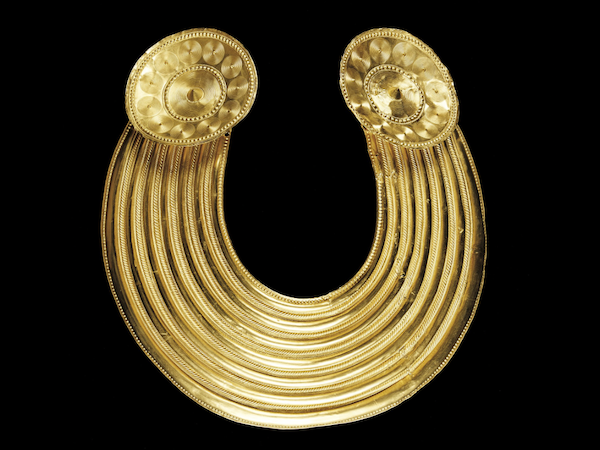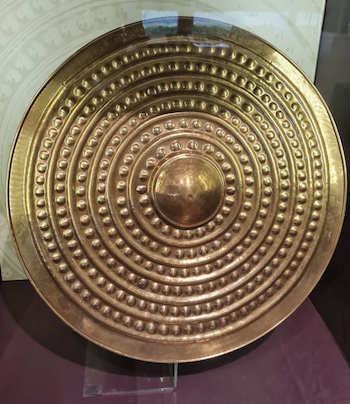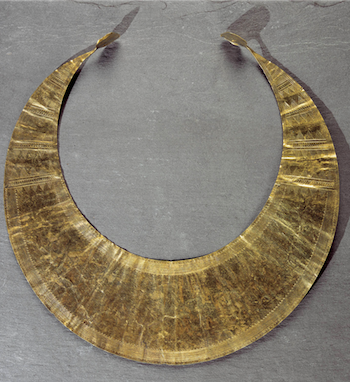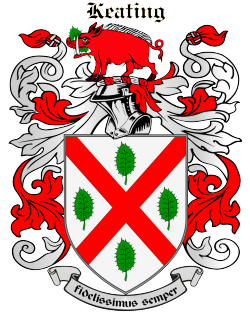What is the Connection?
Are Ancient Egypt and Ancient Ireland Connected?
Where is the Evidence
Absence of evidence is not evidence of Absence!
The Interesting thing is…well there are several interesting things. Once we take off the lenses that we have been viewing this world with and we ‘look’ at what evidence remains on the ground. Some more recent findings make for an interesting story. One such is the story of when Scotia and the Milesians arrived in Ireland. The Hill of Tara was their final destination – most likely due to the fact that the High Kings (and Queens) of Ireland were seated there.
We cover in other posts about the route the followed up through what is now Kerry, via Limerick and Uishneach and on to Tara and how when they met the Tuatha de Danann at Tara they came to an agreement that they would rule the upper world of ireland and the Tuatha would retreat underground and rule what is most likely middle and inner earth.
At the top of the Hill of Tara is an ancient burial site known as the Mound of Hostages, called Dumha na nGiall in Irish. This location was once the ancient seat of the High Kings of Ireland.
In the 1950’s Dr. Sean O’Riordan, an archaeologist of Trinity College, Dublin, investigating the site discovered human remains dated to the Bronze Age believed to be those of a young prince. Around his neck was placed a very rare necklace of faience beads made from a mixture of plants and minerals. Carbon dating of the skeleton gave a date of 1359 BC. The design and manner of making of the beads show them to be of Egyptian origin. Not exactly, but still, near to when the boy entombed at Tara, Tutankhamun, the boy king, was interred in Egypt. Placed around his neck was a necklace of blue-green faience beads similar to the Tara find. A Bronze Age burial ground in Devon also yielded a necklace of like style.

In her book “Kingdom of the Ark” Lorraine Evans presents the idea that there are historical and archaeological links between ancient Egypt and ancient Ireland, and Scotland. A discovery in North Ferriby, Yorkshire, of the remains of an ancient shipwreck first thought to be a single Viking longship. Further excavation brought to light more wrecks but not of Viking origin. Radiocarbon dated them between 1400 – 1350 BC, earlier than the Viking Age. Evans points out that these dates reasonably correspond to the dates of the Tara skeleton and faience beads and indicates that the boats were of Egyptian origin. If you read her book, there is commentary that the style and seating in these boats resemple those of Egypt and also had they not been preserved in the bogland, then they would not have survived.
Evans points to the Scotichronicon and asks what Egyptian faience beads were doing at Tara in Ireland and Devon in England. Of course, there are many answers. For example, they could have arrived through trade, or they may have been gifts to some influential people, from other important people. Then the question arises who traded them or who gave them as gifts. It could have been via traveling traders and merchants who may or may not have been of Egyptian origin. On the other hand, they could also have belonged to an Egyptian. Evans speculates that the Tara prince was an Egyptian and possibly also connected with the Devon necklace. https://ztevetevans.wordpress.com/tag/milesians/
Solar Gods and Sun Disks
One of the things that struck me the most at Lough Gur in Ireland was the presence of sun disks discovered in the lake. These sun disks to me look like they belong more in a landscape such as Egypt – when I first saw them, I was not aware of the Egypt Ireland connection but that was my first thought. Please do share with me your thoughts and inspirations when you read this.


The Books which are our Fortunate Written record
Some of this information is in the form of inconvenient truths. Fortunately for us modern day adventurers, some people took the time to write this history. While it is very easy to say that these items are fanciful imagination, this information was presented in different ages in different countries in different books by different people from different sources.
With the burning of the libraries in Alexandria and the pillage and destruction that has fallen upon the medieval world, it is amazing that we have any information at all. The Druids were an oral story telling people and the monks followed in writing. Then along the way some historians took up the challenge and thank goodness for that.
These are the books to search out which vary in date but all tell a version of the story of Scotia, and Gaeletos
- 15TH CENTURY – THE SCOTICHRONICON – by Walter Bower (c. 1385 – 1449 CE)
- The Annals of the Four Masters, dating from 1632-1636
- Lebor Gabála Érenn (literally “The Book of the Taking of Ireland”) from the 11th Centruy
- Also Foras Feasa ar Éirinn; The History of the Kingdom of Ireland, written by Geoffrey Keating, an Old English Catholic priest from south County Tipperary, and completed in about 1634. It tells the story of Ireland from the creation of the world to the coming of the Normans.
- This last book is dear to my heart as of course, we share the same last name Keating. I like to understand that my interest in this story and history is inspired by my ancestors. In ths book along the way there is the story of the origin of the name Keating, it is written Ni Ceiteann ‘as Gaeilge” in irish and the story is that it came from “Cead Tinne – the first fire” that was lit in Ireland

According to the traditions of the family, adopted and, so to say, legalized by the books of Heraldry in Ireland, the founder of the house, whose original name is now unknown, was one of the pioneers of the Norman invaders, who kindled the beacon fire that lit the way of Fitzstephens into Cuan-an-Bhainbh. The story goes, that as he lay by his watchfire, a wild boar chancing to prowl that way, was proceeding to attack him, until frightened by the sparkling of the fire, when he fled in dismay. The watcher, thus providentially saved, adopted for his crest a wild boar rampant, rushing through a brake, with the motto, “fortis et fidelis,” and his name became, we are not told how, Keating or Keting, from the Irish words, ” Cead tinne,” “first fire.”
